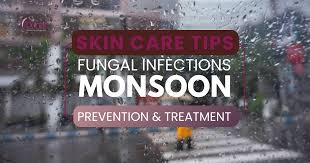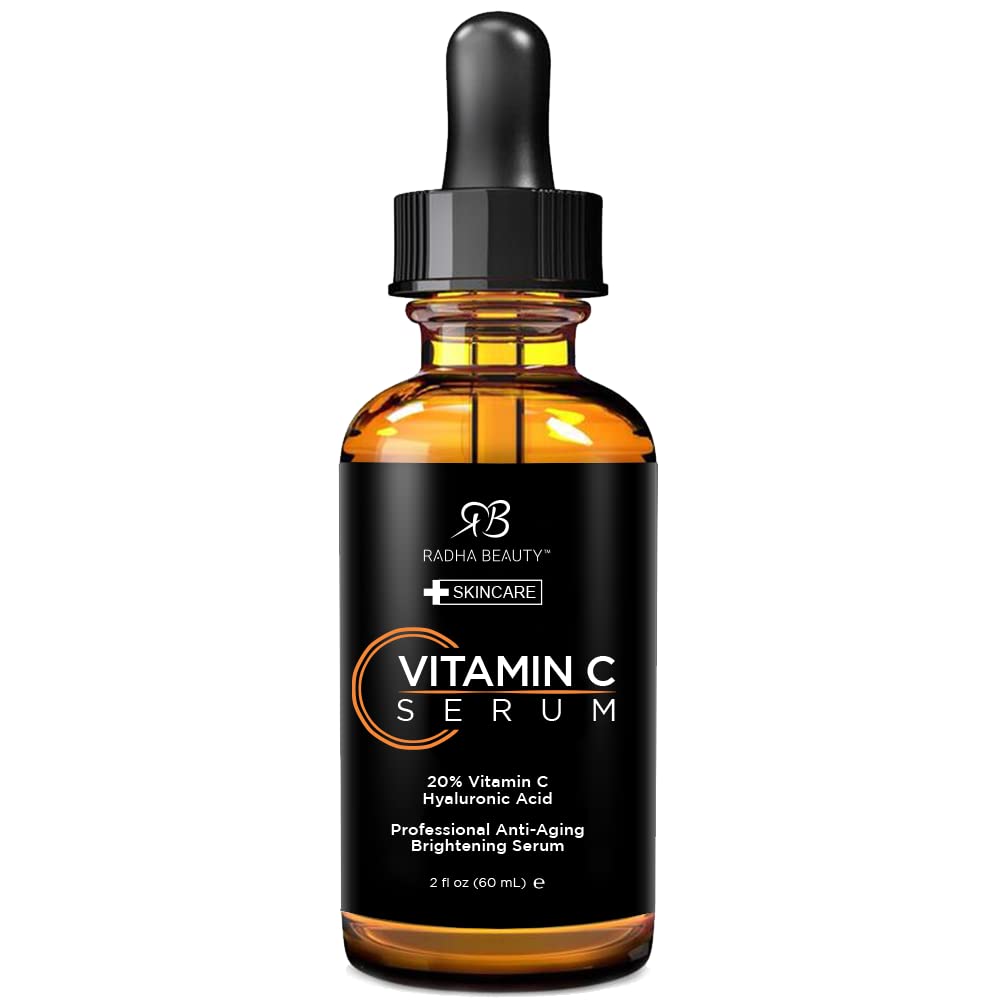Monsoon in Bangladesh brings welcome rain and cooler air — but it also brings a surge in fungal skin infections, especially tinea. With soaked shoes, sticky clothes, and rising humidity, the skin becomes vulnerable to itchy, red rashes that spread rapidly if untreated.
If you’ve noticed circular, flaky patches on your body during the rainy season, you may be dealing with tinea — also known as ringworm. In this blog, we’ll cover why tinea spreads during monsoon, how to spot it early, and simple but effective ways to prevent it.
🌧️ Why Tinea Spreads During the Monsoon in Bangladesh
The fungus responsible for tinea thrives in warm, moist environments — exactly what the monsoon creates. Rain increases the humidity and skin moisture, and people often wear:
- Wet or damp clothing
- Closed shoes for long hours
- Non-breathable synthetic fabrics
These habits allow fungi to grow in folds of the skin like the groin, armpits, neck, under breasts, and between toes.
🔬 What Is Tinea? (Ringworm Explained)
Tinea is a contagious fungal infection caused by dermatophytes, which invade the outer layers of the skin. Depending on the affected area, tinea has different names:
| Type | Area Affected | Local Term (Bangla) |
|---|---|---|
| Tinea corporis | Arms, legs, trunk | গা চুলকানি / দাগ |
| Tinea cruris | Groin & thighs | কুঁচকি চুলকানি |
| Tinea pedis | Feet (athlete’s foot) | পায়ের চুলকানি |
| Tinea capitis | Scalp | মাথার চুলকানি |
⚠️ Symptoms to Watch for
Early detection is key to preventing the spread. Common symptoms include:
- Red, circular patches with raised borders
- Itching and burning sensations
- Peeling or flaking of the skin
- Blisters or cracks in severe cases
- Multiple patches that may merge together
Symptoms usually begin 4–10 days after exposure and spread fast in moist conditions.
👣 High-Risk Areas of the Body
Tinea loves skin folds and moist zones. Watch closely for signs in:
- Groin and inner thighs
- Armpits
- Feet and between toes
- Waistline and neck folds
- Scalp and behind the ears
Wearing tight clothing, sweating, and not drying off after rain increases your risk.
🛡️ Prevention Tips for Tinea in Monsoon Season
1. Keep Skin Dry and Clean
After exposure to rain or sweat:
- Dry your feet, groin, and underarms immediately
- Change into clean clothes
- Avoid staying in wet socks or underwear
2. Use Antifungal Powders or Creams
Use preventive powders or creams (e.g., Itramek-T) on areas that tend to sweat. Apply:
- Morning before leaving home
- After drying off post-shower
- At night if you’ve been out in the rain
3. Avoid Sharing Personal Items
Tinea is contagious. Never share:
- Towels
- Innerwear
- Shoes or slippers
- Bedsheets
Clean and disinfect personal items frequently.
4. Choose Breathable Clothing
Avoid wearing tight jeans, synthetic leggings, or nylon undergarments in this season. Opt for:
- Cotton underwear
- Loose, dry clothing
- Open footwear when possible
5. Shower Immediately After Getting Wet
If your clothes get soaked by rain, change and shower as soon as possible using antifungal soap. Focus on drying:
- Between toes
- Groin and thighs
- Underarms
💊 Treatment: What to Do If You Get Infected
If you develop symptoms:
- Clean the area with mild soap and pat dry
- Apply Itramek-T Cream twice daily — morning and night
- Avoid scratching or covering the patch with tight clothing
- Use the cream for at least 10–14 days, even if it appears healed
- Visit a dermatologist if the infection is severe or spreads
Itramek-T is especially effective because it contains both itraconazole and terbinafine, giving it dual-action power to fight the fungus from two angles.
🧴 Home Remedies (Supportive, Not Substitutes)
While not a replacement for medical treatment, these can help in mild cases:
| Remedy | How It Helps |
|---|---|
| Apple cider vinegar | Antifungal, apply with cotton |
| Neem leaf paste | Natural antifungal |
| Tea tree oil | Apply diluted with carrier oil |
| Salt water soak | Reduces moisture buildup |
⚠️ Always patch-test before applying anything new to your skin.
🧼 Hygiene Checklist During Monsoon
| Action | Frequency |
|---|---|
| Change socks/innerwear | Twice daily |
| Wash towels & clothes | Daily |
| Disinfect shoes | Weekly |
| Bathe with antifungal soap | Daily |
| Apply powder/cream | 1–2 times daily |
📢 Final Thoughts: Stay One Step Ahead of Tinea
Monsoon in Bangladesh may feel refreshing, but it also demands extra skin care. Tinea spreads fast — but with simple habits and proper treatment, it’s easy to control.
🧴 Keep antifungal cream like Itramek-T handy
🧦 Change clothes immediately after getting wet
🛁 Maintain hygiene
👕 Dress in breathable fabrics
💬 Fungal infections don’t wait. Stay clean, stay dry, and stay protected during the monsoon season.




